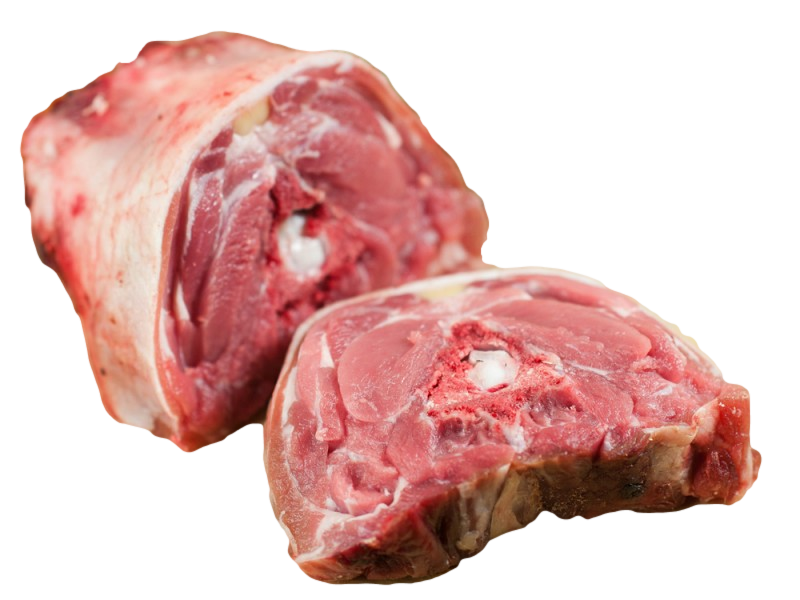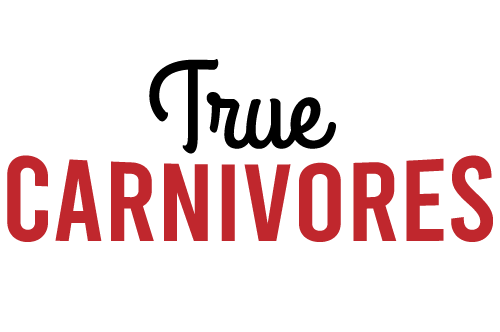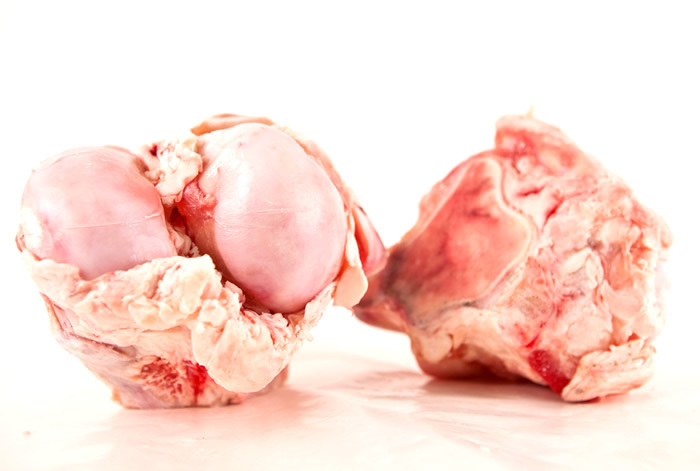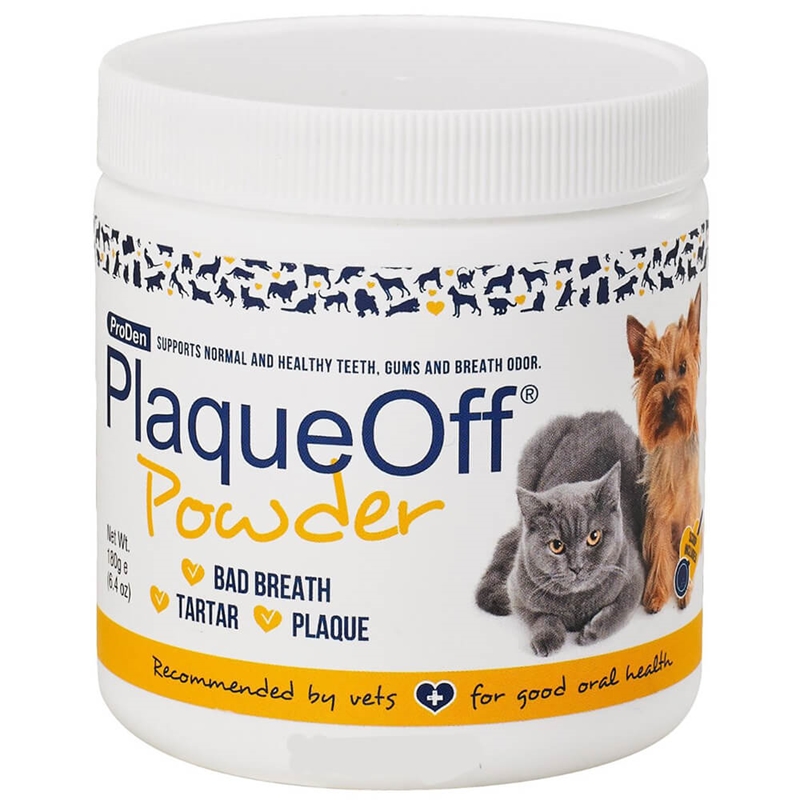Keeping Your Dog’s Teeth Healthy
Does your dog have stinky breath or yellow plaque on their teeth? Or maybe your dog has great teeth and you are just looking to prevent any dental problems from happening. Either way, there is no doubt that a healthy mouth is essential for a healthy dog. Chewing is the first step in the process of digestion and issues like plaque and gingivitis can cause issues such as pain and even turn your dog off of eating altogether. In this blog, we will explain what a healthy canine mouth should look like as well as signs of an unhealthy mouth. We will also discuss preventative measures that should be taken starting early on in life, as well as treatment options for dogs who already have dental issues
A HEALTHY MOUTH

Your dog’s teeth should be a pearly white color and have little to no deposits of plaque on them. The gums should be pink, not red, inflamed or swollen, and their breath should have no distinct odor. If your dog’s teeth have a layer of plaque, swollen gums, and bad breath, it is likely their dental health is already compromised, However, there are a number of treatment options followed by preventative measures that can be used to prevent the problem from coming back. Be aware of any changes to your dog’s teeth or eating habits. If your dog is hesitant toward eating or chewing a bone or a toy, take a look inside their mouth. Gingivitis (inflamed gums) and broken teeth can cause pain while chewing and should be addressed immediately before discomfort and refusal to eat progress.
PREVENTION/TREATMENT
As with most ailments, prevention is much easier than treating the issue after it has already progressed. It is important to start prevention as early as possible – as soon as a puppy is weaned of his mother and is eating solid food, you should start offering bones and chews.
BONES:
Bones are one of the most natural and healthy ways to keep your dog’s teeth clean- in fact, we like to call them “nature’s toothbrush”. There are a few different types of bones and each one will provide a different benefit. Feed your dog as much variety as possible to reap all the benefits! For more information on bones, check out our blog here!
possible to reap all the benefits! For more information on bones, check out our blog here!
- Meaty Bones & Poultry Necks – act as floss! As your dog rips and tears through the meat, the fibers are pulled through his teeth, removing any plaque or food particles.
- Knuckles and Ribs – These bones generally have less meat on them and plaque will be scraped off as they chew. Knuckles and ribs are high in calcium and phosphorus which promote strong teeth.

- Marrow Bones – These bones are rich and the tasty marrow can help entice picky chewers. Marrow bones should be fed in moderation due to their higher fat content.
SUPPLEMENTS:
If your dog isn’t much of a chewer, or you want to add something more to their dental routine, there are a few supplements that work amazingly well!
- Plaque-Off: Plaque off is a product made from seaweed that can be
 added to your dog’s food. It is activated by your dog’s saliva and works to break down the bacterial biofilm that forms on the teeth and gums.
added to your dog’s food. It is activated by your dog’s saliva and works to break down the bacterial biofilm that forms on the teeth and gums. - Toothpaste and Brushing: Brushing your dog’s teeth with doggy toothpaste is another option that mechanically removes plaque as well as chemically breaks down plaque due to ingredients in the
 toothpaste.
toothpaste. - Probiotics: Many natural forms of probiotics like Olie’s New Beginnings, tripe, and goat’s milk contain enzymes. Enzymes assist in the breakdown of bad bacteria and therefore inhibit plaque accumulation. Probiotics also boost your dog’s overall immune system. Having a strong immune system is important for fighting off bacteria and infection.
ADVANCED TREATMENT:
If your dog already has advanced plaque or gingivitis, you may wish to treat the issue and then follow with the preventative measures previously discussed.
A procedure such as Anesthesia-Free Dental Cleaning is a safe and non-invasive option to remove excess plaque. You can think of it much like the dental cleanings humans have every 6 months.
For more advanced issues or teeth that may need to be removed, a conventional veterinary dental cleaning may be necessary. In this case, your dog will be put under anesthesia for deeper cleaning.
Discuss with your veterinarian to find the best option for your dog’s individual circumstances. Dental health is very simple to maintain as long as preventative measures are started early in life. Of course, diet plays a very important role in discouraging the accumulation of plaque-causing bacteria. Therefore a species appropriate raw diet is acidic and makes for an inhospitable environment for bacteria to multiply. This, in turn, helps prevent plaque from forming. To make it as simple as possible: feed your dog a healthy diet and give him a variety of bones to chew on a regular basis






